Did you know that the powerhouses of coffee production, such as Brazil and Vietnam, are situated a long, long way from the birthplace of the bean? African nation Ethiopia is the home of coffee and while it’s now the sixth-largest coffee producer in the world by volume, it still boasts some of the best specialty coffee out there.
The tricky thing is finding it. Ethiopians like to keep many of their finest coffees to themselves so you’ll need to know where to look. We’ll let you in on the secret here.
This guide to Ethiopian coffee will cover its history, its significance to the people of Ethiopia, and ways for you to find the very best Ethiopian coffee to enjoy at home. If you haven’t experienced Ethiopian coffee before, it’s going to blow you away.
5 facts about Ethiopian coffee you need to know
1. Ethiopia is the birthplace of coffee
Kaffa, the original name for the coffee plant, was first discovered growing in the wild in southwest Ethiopia. The country provides the optimal environment for growing the plant without the need to adapt or add to the conditions, better than anywhere else in the world.
The temperatures, soil conditions, available elevations and rainfall are all perfect for growing coffee in many regions of Ethiopia. This is why it is so highly respected and revered for its beans.
2. Ethiopia produces nearly half a million tonnes of coffee each year…
This volume means that Ethiopia is the leading producer of coffee in Africa and the sixth largest in the world. It is estimated that 3% of the world’s coffee was grown in Ethiopia. Coffee is a huge celebrated part of the Ethiopian economy and its culture.
3. … but Ethiopians keep more than half of their coffee for themselves
Unlike in other coffee-producing nations, a huge proportion of its beans stays within Ethiopia and is consumed domestically. Coffee is adored by Ethiopian people and many hours per day are devoted to its preparation and consumption.
Coffee ceremonies are a ritual in Ethiopia with every generation involved. Younger generations serve coffee to their elders in a centuries-old tradition. There is a common saying in Ethiopia that goes buna dabo naw which translates to coffee is our bread.
4. Ethiopian coffee is steeped in legend
Coffee has been part of the social fabric of Ethiopia for so long that the lines between its history and legend are very much blurred. A popular story goes that Kaldi, a goat herder, was mesmerised by his goats behaving so vivaciously and joyfully. He discovered that they had been eating some cherry-like fruits and realised this must be the cause of their playfulness.
Kaldi took the fruits to local monks who he thought might be able to explain the connection. The monks were disgusted, thinking these fruits must be evil in some way, and threw them on the fire. The aroma from that fire, one that is so familiar to us all now, was so enticing that the monks couldn’t resist grinding some of the remains of the cherries and mixing them with water. Legend has it that this was the first cup of coffee.
5. Most Ethiopian coffee is grown as ‘garden coffee’
Large coffee plantations are rare in Ethiopia. Only 5% of Ethiopian coffee is grown on an industrial scale. Instead, the majority of the coffee grown here is ‘garden coffee,’ which explains why it is usually single origin.
‘Garden coffee’ is grown on a small-scale farm, just a stone’s throw away from the farmer’s home. It is cultivated amongst many other vegetables and fruits, just as if the farmer was growing food for only his or her own family. It also means that the coffee plants can be offered a lot of care and attention.
‘Semi-forest’ coffee is also grown in Ethiopia. This means that patches of natural forest are cleared and coffee planted, but only in small areas. This means the plants benefit from the ecosystem and shade cover that the surrounding forest brings.
The small-scale farms of Ethiopia and the dedication of its producers are the reason its coffee is outstanding. Plus, both ‘semi-forest’ and ‘garden’ coffees are very sustainable production methods.
A guide to Ethiopian coffee types
Coffee from Ethiopia varies enormously. Even though much of the coffee is from the ubiquitous Arabica bean, in Ethiopia these plants are incredible single-origin heirloom varieties. So the uniqueness of the plants and the microclimates they are grown in, as well as varying production methods, affect the flavour.
Ethiopian coffee producers typically use two production methods: washing and natural processing. Natural processing involves drying the coffee cherries out in the sunshine before extracting the bean. This process takes up to six weeks and is labour-intensive as the cherries need to be regularly rotated for even drying. With washed coffee, the exterior of the cherry is removed right after picking.
Washed coffees are typically brighter in flavour, whereas naturally processed beans are richer and darker. Both are excellent. Here at Three Coffee, we can offer you Ethiopian coffee as light and fresh as tropical fruit, green tea and rose petals from our ‘green’ coffees, or rich, dark Ethiopian coffees with hints of chocolate and purple fruits. Why not use our colour groups to make it easy to find an Ethiopian coffee you’ll go wild for?
How to find the best Ethiopian coffee
At THREE, we are proud to be able to offer you several Ethiopian coffees. Our commitment to supporting sustainable coffee production as well as stocking the best coffee in Dubai means that Ethiopia is one of our favourite nations to explore, meet producers and discover new beans. Why not browse the single-origin coffees we have available online right now?
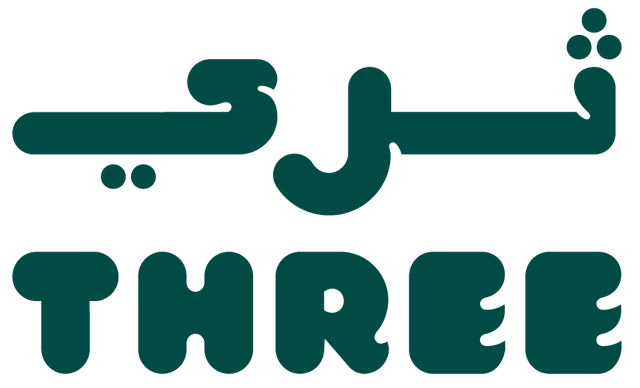




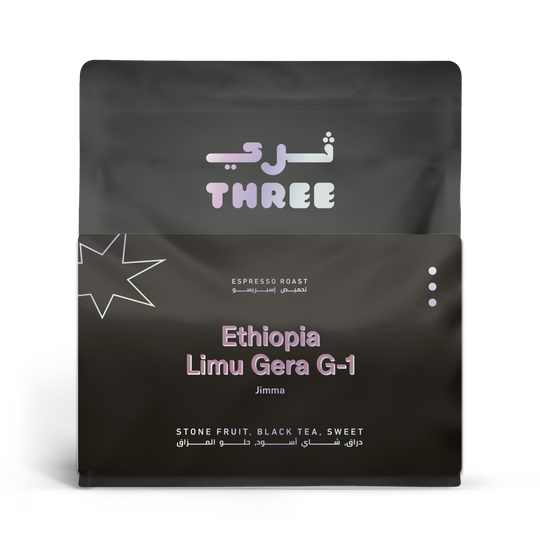

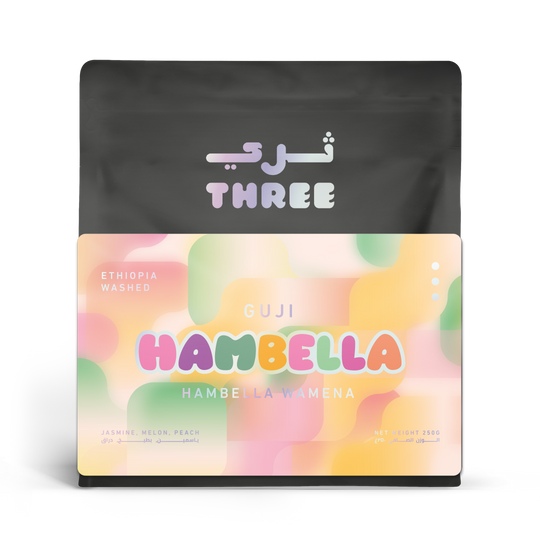
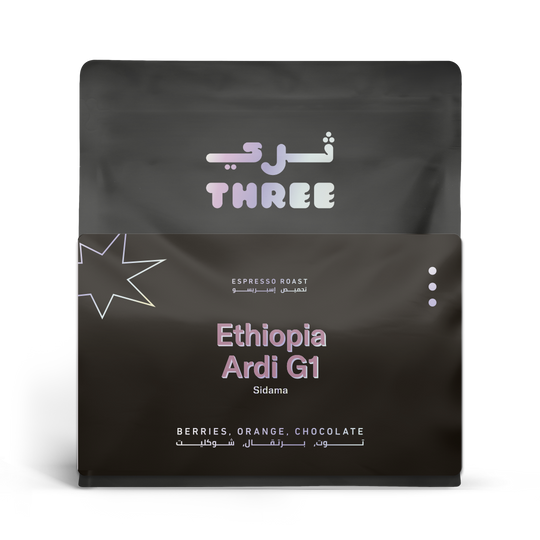
Leave a comment